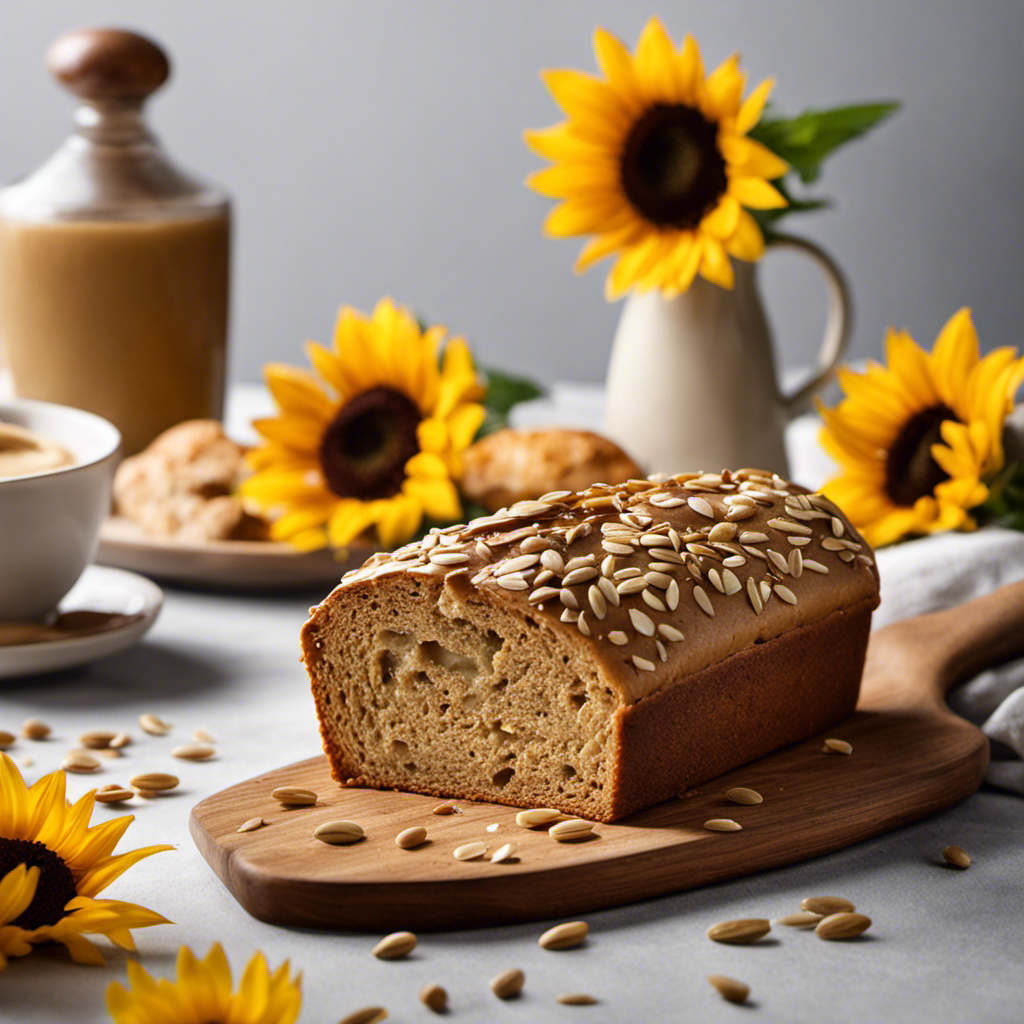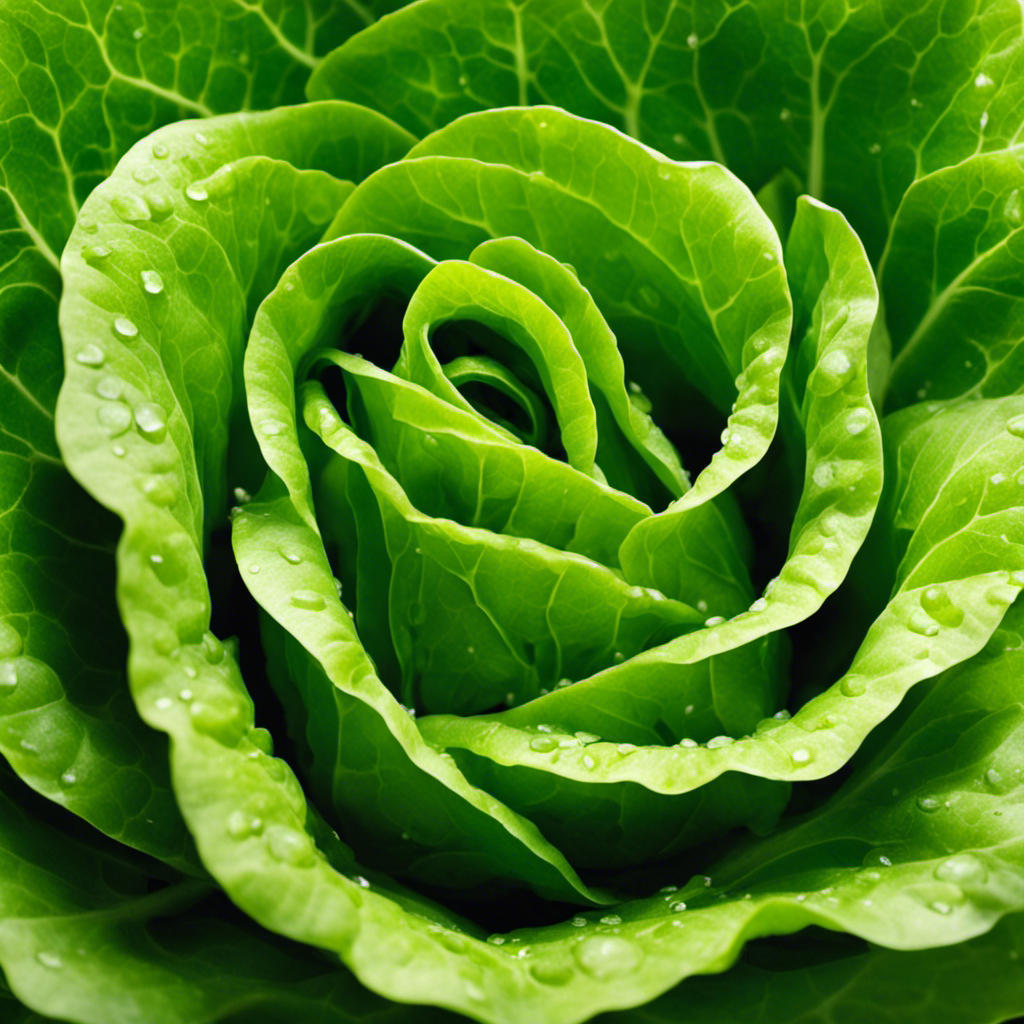Trends From the Past: Butter Dishes and Collectibles
As a self-proclaimed collector of all things nostalgic, I’ve stumbled upon a hidden gem that has captured my imagination: butter dishes.
These humble yet captivating kitchen essentials have a rich history and a charm that transcends time.
Join me on a journey through the evolution of butter dish designs, the materials that have stood the test of time, and the thrill of uncovering rare and valuable collectibles.
Get ready to indulge in the fascinating world of butter dishes and discover the trends that have shaped our culinary past.
Key Takeaways
- Butter dishes have evolved over time, reflecting changes in taste, technology, and cultural preferences.
- Collecting butter dishes allows individuals to showcase personal taste and appreciation for craftsmanship, incorporating them into home decor as artistic objects.
- The choice of material for butter dishes, such as porcelain, glass, ceramic, and silver, reflects both the time period and collector preferences.
- There are various trends in collectible butter dishes, ranging from classic designs with intricate patterns to modern designs with sleek lines and minimalist aesthetics.
Historical Significance of Butter Dishes
You might be wondering why butter dishes hold such historical significance. Well, throughout history, butter has been a staple in many cultures, and the vessels used to store and serve it have evolved over time.
The evolution of butter dish designs reflects the changes in taste, technology, and cultural preferences.
In the early days, butter dishes were simple and functional. They were typically made of wood or ceramic, with a lid to keep the butter fresh. As time went on, the materials used for butter dishes expanded to include glass, porcelain, and even silver. These different materials not only added a touch of elegance but also provided better insulation to keep the butter at the perfect temperature.
The popularity of butter dishes also coincided with the rise of the middle class in the 19th century. As more households could afford butter, the demand for stylish and decorative butter dishes increased. Manufacturers responded by creating intricate designs, incorporating elements of art nouveau and art deco styles.
The evolution of butter dish designs reflects not only the changing tastes and technologies of the time but also the social and economic changes occurring in society.
As we delve deeper into the history of butter dish designs, we will explore how these changes shaped the aesthetics and functionality of these collectibles.
Evolution of Butter Dish Designs
Explore how butter dish designs have evolved over time, featuring more intricate patterns and modern materials.
The evolution of butter dish designs is a fascinating journey that showcases the creativity and innovation of artisans throughout history. From simple ceramic dishes to elaborate silver and crystal creations, the materials used to create butter dishes have evolved, reflecting changes in taste, style, and functionality.
In the past, butter dishes were primarily made of ceramic or glass. These classic designs often featured timeless beauty with delicate floral patterns or intricate embossments. These elegant and durable designs have stood the test of time, becoming coveted collectibles for enthusiasts.
However, as time went on, butter dish materials began to expand beyond traditional ceramics and glass. Today, we see butter dishes crafted from a wide range of materials, including stainless steel, acrylic, and even eco-friendly bamboo. These modern materials not only offer durability and functionality but also provide opportunities for innovative and contemporary designs.
The evolution of butter dish designs also reflects changes in the way we use and store butter. For example, many modern butter dishes now feature airtight seals or compartments to keep the butter fresh and prevent it from spoiling. These practical additions, combined with sleek and stylish designs, make today’s butter dishes a perfect blend of form and function.
Collecting Butter Dishes: A Growing Trend
Take a moment to consider the growing popularity of collecting butter dish designs as a unique and stylish way to showcase your personal taste and appreciation for craftsmanship. In today’s world, where individuality and self-expression are highly valued, collecting butter dishes has become a trend that allows people to display their unique personality and style in their homes.
The appeal of collecting butter dishes lies in the wide variety of designs available on the market. From vintage-inspired designs to modern and minimalist ones, there is something to suit every taste and home decor. Collectors can choose from a range of materials, including ceramic, glass, porcelain, and even stainless steel, further adding to the diversity of options.
To illustrate the range of designs and materials available, here is a table showcasing four popular butter dish designs:
| Design | Material |
|---|---|
| Vintage | Ceramic |
| Minimalist | Glass |
| Floral | Porcelain |
| Contemporary | Stainless Steel |
As you can see, the growing popularity of collecting butter dish designs is not just limited to the functionality of the dish but extends to its aesthetic appeal. People are recognizing the artistic value in these everyday objects and incorporating them into their home decor.
Transitioning into the subsequent section about popular butter dish materials through the years, it is fascinating to explore how the choice of materials has evolved and influenced the design trends in butter dishes.
Popular Butter Dish Materials Through the Years
Over the years, I’ve noticed a fascinating trend in the world of collectible butter dishes. One aspect that stands out is the historical materials used to create these cherished pieces.
From elegant porcelain to sturdy stoneware, the choice of material reflects the time period and the preferences of collectors. There have been notable shifts in the popularity of certain materials, with vintage glass and ceramic dishes making a comeback in recent years.
Historical Butter Dish Materials
Historical butter dishes were often made from a variety of materials, such as porcelain and glass. These materials were popular choices due to their durability and aesthetic appeal.
Porcelain butter dishes, in particular, were highly sought after for their elegant designs and smooth finish. Glass butter dishes, on the other hand, were favored for their transparency, allowing users to easily see the contents within.
Other materials used in the production of historical butter dishes included ceramic, stoneware, and even silver. Each material had its own unique charm and characteristics, adding to the diversity of butter dish designs throughout history.
As we delve into the trends in collectible dishes, we will explore how these historical materials have influenced the evolution of butter dish designs over time.
Trends in Collectible Dishes
After exploring the historical materials used in butter dishes, let’s now take a closer look at the trends in collectible dishware. As an avid collector myself, I have always been fascinated by the evolution of dishware and the stories they hold. Antique kitchenware, in particular, has a unique charm that transports us back to a different era. To showcase the diversity and beauty of collectible dishes, I have prepared a table below:
| Era | Style | Popular Designs |
|---|---|---|
| Victorian | Flow Blue | Willow Pattern |
| Art Nouveau | Art Deco | Rose Medallion |
| Mid-Century | Atomic Age | Fiesta Ware |
| Contemporary | Minimalist | Scandinavian-inspired |
Each era brings its own distinctive style and designs, reflecting the artistic tastes and cultural influences of the time. Collecting antique kitchenware allows us to appreciate the craftsmanship and history behind these pieces, turning our tables into captivating displays of beauty and nostalgia.
Butter Dish Styles That Have Stood the Test of Time
When it comes to butter dish styles, there is a timeless debate between classic versus modern designs.
Classic designs often embody a sense of elegance and tradition, while modern designs lean towards sleek and minimalist aesthetics.
Both styles have their own appeal, and popular collectible butter dishes can be found in either category, showcasing the creativity and craftsmanship of different eras.
Ultimately, what matters most is finding a butter dish that combines timeless elegance with functionality, ensuring that your butter stays fresh and easily accessible.
Classic Versus Modern Designs
You’ll find that classic designs have a timeless appeal, while modern designs add a contemporary touch to butter dishes and collectibles.
Classic designs, with their intricate patterns and elegant shapes, evoke a sense of nostalgia and tradition. They often feature delicate floral motifs or intricate filigree work, showcasing the craftsmanship of a bygone era.
On the other hand, modern designs embrace sleek lines and minimalist aesthetics. They are often made from materials like stainless steel or glass, with clean and simple designs that exude a sense of modernity.
Some popular modern trends in butter dishes and collectibles include:
-
Geometric shapes and patterns: Modern designs often feature bold geometric shapes and patterns, adding a touch of modern art to these functional objects.
-
Mixed materials: Contemporary designers are experimenting with combining different materials, such as wood and metal, to create unique and eye-catching butter dishes and collectibles.
-
Functional innovations: Modern designs focus on functionality, with features like easy-to-grip handles, stackable designs, and innovative ways to keep butter fresh and spreadable.
Both classic and modern designs have their own unique charm, allowing individuals to choose the style that best suits their personal taste and the overall aesthetic of their home.
Popular Collectible Butter Dishes
In my quest for the perfect butter dish, I have stumbled upon some truly remarkable collectible designs. These rare finds are not only functional but also add a touch of elegance to any kitchen. From vintage porcelain to handcrafted wooden pieces, there is a wide range of collectible butter dish designs to choose from. To give you a better idea, here is a table showcasing three popular collectible butter dishes:
| Design | Material | Rarity |
|---|---|---|
| Art Deco | Porcelain | Rare |
| Farmhouse Charm | Ceramic | Common |
| Hand-carved Beauty | Wood | Uncommon |
Each design has its own unique appeal, but it’s the rarity factor that makes these collectibles truly special. So, keep your eyes open for these rare butter dish finds and add a touch of charm to your kitchen.
Timeless Elegance and Functionality
The timeless appeal of these elegant and functional designs is what sets them apart from other kitchen accessories. Butter dishes and collectibles have a unique charm that adds a touch of sophistication to any kitchen. Their timeless elegance and functional design make them not only a beautiful addition to your collection but also a practical tool for serving and storing butter.
-
Versatility: Butter dishes come in various shapes, sizes, and materials, allowing you to find the perfect one to match your kitchen decor. From classic porcelain to modern glass designs, there is a butter dish for every style.
-
Preservation: The functional design of a butter dish helps to keep butter fresh and spreadable. The lid provides protection from air and odors, while the base keeps the butter at the perfect temperature for easy spreading.
-
Collectibility: Butter dishes can also serve as collectibles, with vintage and antique designs highly sought after by enthusiasts. Their timeless elegance makes them a valuable addition to any collection, adding a touch of nostalgia and beauty to your home.
Uncovering Hidden Gems: Rare and Valuable Butter Dish Collectibles
Uncovering hidden gems, there are rare and valuable butter dish collectibles to be found. When it comes to unusual butter dish designs, there is a whole world of options to explore. From vintage ceramic pieces to intricately carved wooden ones, the possibilities are endless. As a passionate collector myself, I have spent countless hours researching and hunting for these exquisite treasures.
Starting a butter dish collection can be a thrilling and rewarding experience. Here are a few tips to get you started on your journey. Firstly, educate yourself about the different styles and materials used in butter dish manufacturing. This will help you identify unique and valuable pieces.
Secondly, visit antique stores, flea markets, and online auctions to find hidden gems that others may overlook. Remember, one man’s trash is another man’s treasure.
Thirdly, network with other collectors and join online forums to gain insights and information from experienced enthusiasts.
Frequently Asked Questions
How Do I Clean and Maintain My Butter Dish Collection?
To clean and maintain my butter dish collection, I use various cleaning techniques and storage solutions.
Firstly, I gently wash each dish with warm soapy water, being careful not to scratch or damage the surface. Then, I dry them thoroughly to prevent any moisture buildup.
To store them, I stack the dishes on a shelf or in a cabinet, using soft padding or tissue paper to separate them and prevent any scratches.
Regular cleaning and proper storage ensure that my butter dishes remain in great condition for years to come.
What Are Some Unique Ways to Display Butter Dishes in My Home?
One unique way to display butter dishes in my home is by creating a themed shelf dedicated to vintage kitchenware.
I can arrange the butter dishes alongside other nostalgic items like old recipe books, antique utensils, and vintage advertisements.
This creative display idea not only adds a touch of charm to my kitchen but also allows me to showcase my butter dish collection in a visually appealing and cohesive manner.
Are There Any Famous Butter Dish Collectors or Enthusiasts?
There are indeed famous butter dish enthusiasts and thriving butter dish collecting communities. These individuals have a deep passion for collecting and preserving these unique kitchen artifacts. They actively seek out rare and valuable butter dishes, often participating in auctions and trading events.
The community provides a platform for enthusiasts to connect, share their collections, and discuss the history and significance of different butter dish designs. It’s fascinating to see how this niche hobby has garnered such a dedicated following.
Can You Provide Tips for Identifying Counterfeit or Replica Butter Dishes?
Identifying counterfeit or replica butter dishes can be a daunting task. To spot replicas, pay attention to the craftsmanship and materials used. Look for inconsistencies in the design, such as uneven edges or poor quality finishes.
Authentic butter dishes often have unique markings or signatures from the manufacturer. Additionally, research the history and production methods of the butter dish you are interested in to better understand its authenticity.
Trust your instincts and seek expert opinions when in doubt.
Are There Any Specific Butter Dish Brands or Manufacturers That Are Highly Sought After by Collectors?
There are several specific butter dish brands and manufacturers that are highly sought after by collectors. Famous butter dish collectors are always on the lookout for pieces from companies like Limoges, Wedgwood, and Royal Worcester. These brands are known for their high-quality craftsmanship and exquisite designs, making them desirable among collectors.
When it comes to identifying counterfeit butter dishes, it’s important to look for certain telltale signs. Poor quality materials, inaccurate markings, and inconsistencies in design are all indicators of a fake.
Conclusion
In conclusion, delving into the world of butter dishes and collectibles has been a fascinating journey.
Exploring their historical significance, evolution of designs, and popularity as collectibles has shed light on a unique aspect of our past.
The various materials used in butter dish production and the enduring styles that have stood the test of time are a testament to the craftsmanship and creativity of artisans.
Uncovering rare and valuable butter dish collectibles has not only sparked curiosity but also ignited a sense of wonder and appreciation for these hidden gems.



















